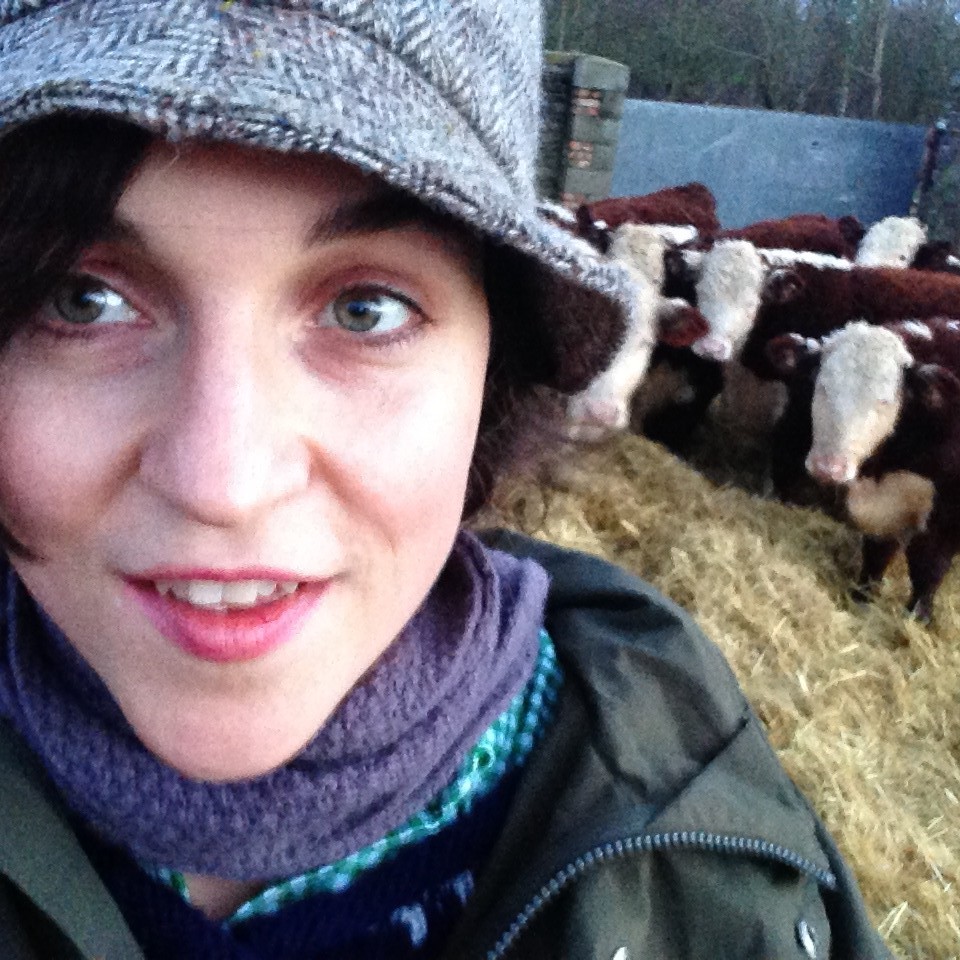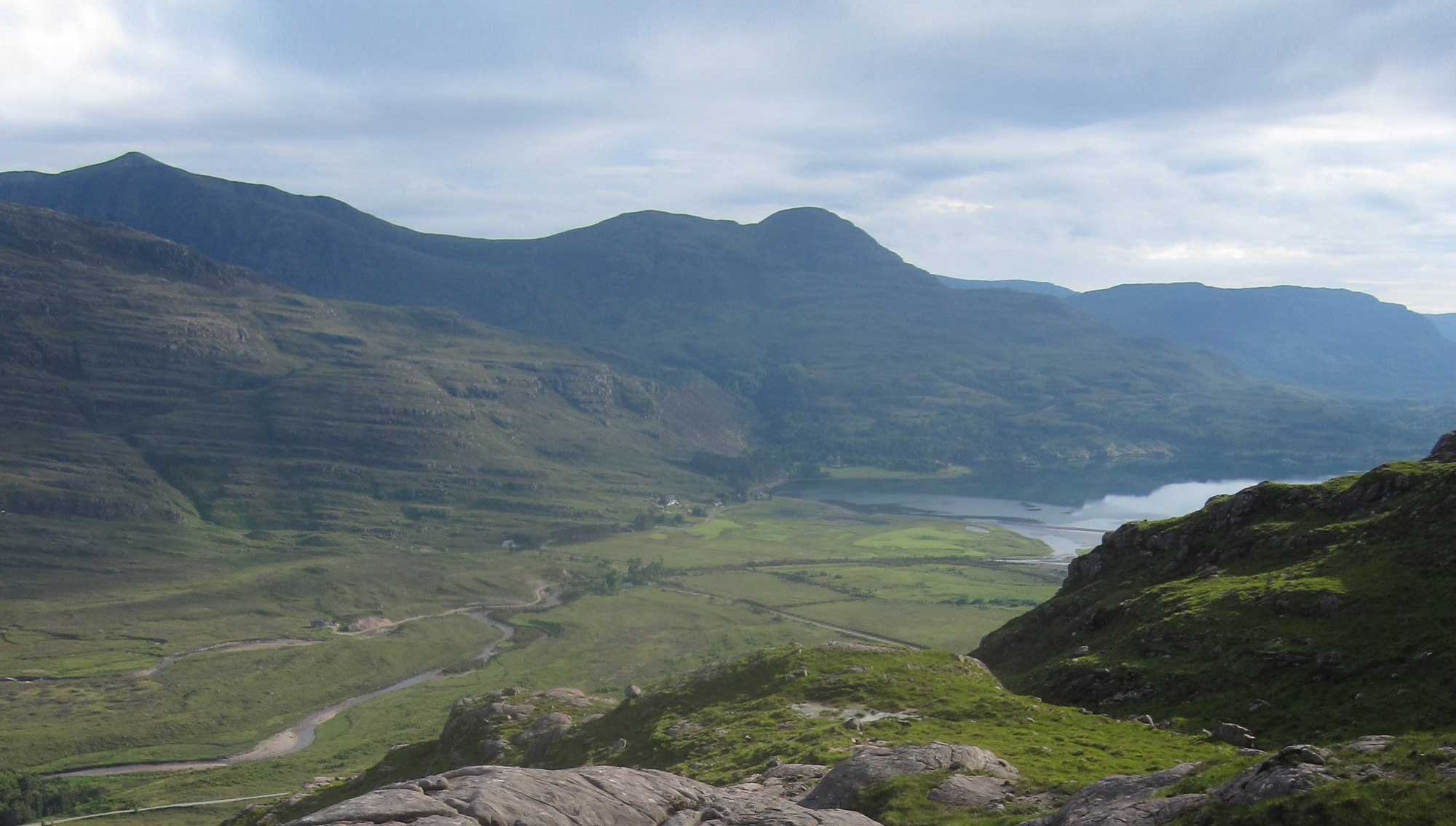Is Twitter and Facebook an opportunity for farmers to sell food direct to the consumer and tell the ‘truth’ about their industry or just and excuse for posting ‘felfies’?
A blog http://farmingselfie.com/ set up by an Essex farmer @willwilson100shows all the latest felfies from around the world. You can see the attraction of posing with a piglet instead of say, Obama at a funeral. After all humans are social animals – as indeed are cows. It’s not just trendy young urbanites who want to be seen pouting at the camera.
In March 2012 #Agrichat was launched on Twitter as a way of bringing farmers together to discuss topical issues. By October that year it was in the top ten trends. The subject that got taciturn farmers talking? Crop yields? Milk quotas? The weather? Nope, mental health.
Simon Haley @halo42, who set up Agrichat, said Twitter is proving to be a “lifeline” for people isolated on remote farms or just too busy with family and other animals to visit friends.
“Farming can in many ways be very, very lonely. This is a great way to bring people together and enable them to communicate with each other in an easy manner.”
But social media is not just about chatting and the odd (often fantastically non-PC) #agjoke, it is also about sharing ideas and information.
Farmers today are seldom without a smart phone or tablet – even when on a tractor or working outdoors. Don’t believe me? How do you think the modern farmer monitors his pregnant sows, sets fertiliser levels or switches the irrigator on? Why not use the same technology to check flood warnings, discuss crop rotation or the best practice on spraying? Farmers from as far afield as Cumbria and New Zealand are swapping tips on feeding ewes via social media.
The only problem and recurring irritation is the lack of broadband. Some of the farmers who need to communicate most are hamstrung by frustratingly slow internet connections in Britain. Around 60,000 homes, mostly in rural areas have no broadband coverage at all.
Better rural broadband will not just help lonely farmers. People want to know how their food is being grown, just look at the 8 million viewers who tune into the BBC’s Countryfile every week.
@FarmersoftheUK featuring a new farmer every week, launched on Twitter this Monday (06/01/13) and has already got thousands of followers. The first farmer to feature @1GarethWynJones has been posting pictures of his daily struggle to make a living on a Welsh sheep farm, including picking up dead sheep in the rain.
“As Farmers we need to get out and share our Lives in any way we can .We are fantastic at producing food but not very good at selling #truth,” he tweets.
So why not start following a local farmer on Twitter? You may be surprised – though do get ready for some very jolly tweets early in the morning, like 5am.
Farming is the most visual of industries. During the harvest Farmers Weekly gets thousands of pictures via Twitter and Facebook . On Instagram Dorset farmer Ben Hole (@benjaminhole) has more than 50,000 followers. Video is taking off too. Jake Freestone, a farmer in the Cotswolds gets thousands of views via his YouTube channel.
Twitter has been an opportunity for farmers to break down some myths and promote the good work they do. #sosdairy in 2012 resulted in fairer milk price, this summer there was viscious debate around the #badgercull while #clubhectare tells the story of arable farmers and #agGen is encouraging the younger generation into farming. The National Farmers Union (NFU) has recently recruited a senior social media adviser @_PaulBradley_ to promote #BackBritish and other campaigns.
Farmers are already taking advantage of social media to sell their products. Roland and Miranda Ballard who sell British beef via Muddy Boots have consistently managed to come in above Walkers crisps and Marmite in the Top 100 Social Brands thanks to Twitter and Facebook. Perhaps that’s what gave the couple the guts to turn down Tesco.
Britain’s biggest supermarket should be worried. ‘Radical retail’ as it’s called, or the simple idea of producers going straight to consumers rather than via the supermarkets, is taking off with the help of social media.
FarmDrop enables families to order a weekly shop from their local farms. The food is delivered to an agreed “drop off” point, often arranged via Twitter. The “Amazon for fresh local food” not only means that farmers get a much larger cut of the profit and cuts food miles but means consumers can meet the people growing their food.
Perhaps, at last, social media is an opportunity for farmers to prove how good they are at producing food in this country and possibly revolutionise how meat and veg is bought and sold.
Or perhaps it just proves, that just like most of us ‘twits’ on Twitter, farmers have big fat egos.
Top ten farmers to follow on Twitter: (Apologies to all those I have missed out! I shall try and follow you so interested people can find more on my Twitter feed @loubgray)
@ourcowmolly
@manorfarmbeef
@camillaandroly
@MillyWastie



